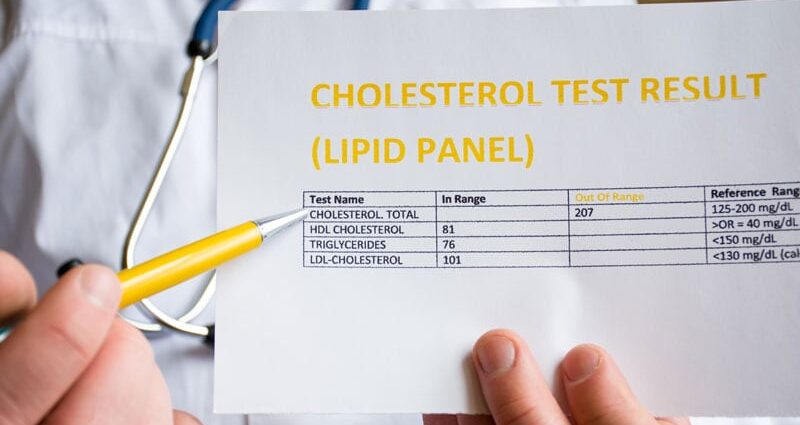TOPLINE:
Higher variability in the levels of total cholesterol, low-density lipoprotein (LDL) cholesterol, high-density lipoprotein (HDL) cholesterol, or triglycerides was independently associated with an increased risk for heart failure in patients with type 2 diabetes (T2D).
METHODOLOGY:
- The relationship between variability in lipid fractions and the risk for heart failure remains understudied, particularly in patients with T2D who are at an increased risk for both dyslipidemia and heart failure.
- Researchers conducted a secondary analysis of data from the Action to Control Cardiovascular Risk in Diabetes (ACCORD) trial to evaluate the association between visit-to-visit variability in lipid levels and incident heart failure in 9443 patients with T2D (mean age, 62.7 years; 38.3% women; 62.4% White individuals).
- Fasting plasma lipid (total cholesterol, LDL cholesterol, HDL cholesterol, and triglyceride) levels were measured at six timepoints (baseline and 4, 8, 12, 24, and 36 months).
- Long-term variability in lipid fractions was assessed using three measures: The coefficient of variation (CV) across six measurement points, the intraindividual standard deviation, and variability independent of the mean.
- Participants were compared across quartiles of the CV for total cholesterol, LDL cholesterol, HDL cholesterol, and triglycerides; incident heart failure events were ascertained at follow-up visits every 4 months.
TAKEAWAY:
- Over the median follow-up of 5 years, 345 patients with T2D developed incident heart failure events.
- Patients in the highest quartile of the CV for total cholesterol had a 68% higher risk for incident heart failure (adjusted hazard ratio [aHR], 1.68; 95% CI, 1.22-2.30) than those in the lowest quartile.
- Patients in the highest quartile of the CV for LDL cholesterol had a 76% higher risk for heart failure (aHR, 1.76; 95% CI, 1.27-2.42) and those in the highest quartile of the CV for HDL cholesterol had a 53% higher risk for incident heart failure (aHR, 1.53; 95% CI, 1.13-2.06) than those in the respective lowest quartiles.
- Similarly, patients in the highest quartile of the CV for triglycerides had a 49% higher risk for incident heart failure than those in the lowest quartile (aHR, 1.49; 95% CI, 1.09-2.04); similar patterns were observed across all variability metrics used in the study.
IN PRACTICE:
“The results suggest that, beyond achieving optimal lipid levels, maintaining stable lipid profiles over time could be critical in reducing HF [heart failure] risk, particularly in high-risk populations such as those with T2D,” the authors wrote.
SOURCE:
This study was led by Arnaud D. Kaze, Banner-University Medical Center Phoenix, The University of Arizona College of Medicine, Phoenix, and was published online in Diabetes Care.
LIMITATIONS:
The ACCORD study did not collect data on left ventricular ejection fraction or heart failure subtypes, preventing examination of the effect of lipid variability on the risk for different types of heart failure. The study lacked data on apolipoprotein levels and the extent of intermittent medication adherence. The assessment of lipid variability using only six timepoints may have underestimated the actual variability.
DISCLOSURES:
One author reported receiving funding from the National Institutes of Health/National Heart, Lung, and Blood Institute and serving as an editor for a journal outside the submitted work.
This article was created using several editorial tools, including AI, as part of the process. Human editors reviewed this content before publication.

